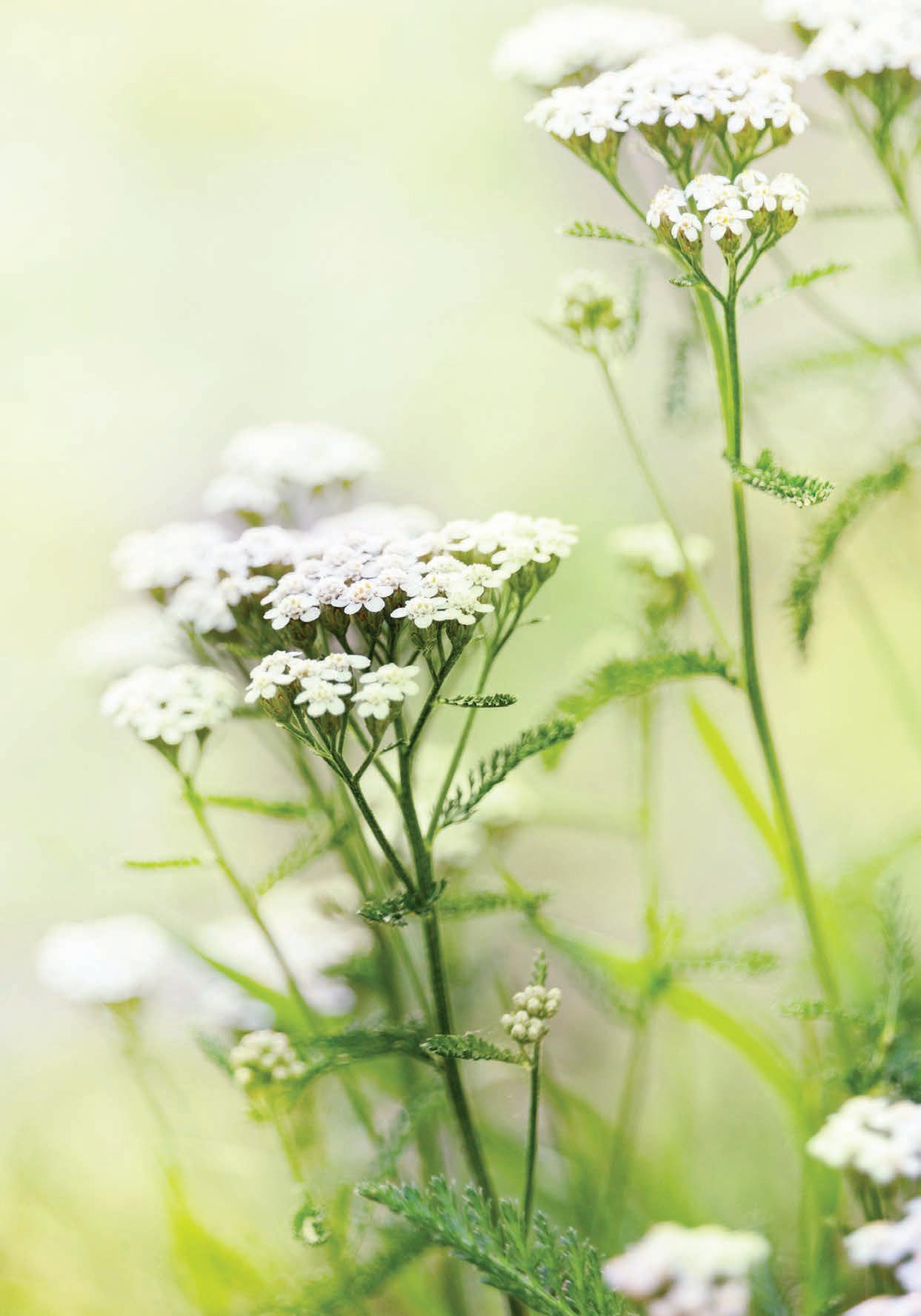CHEMICAL COMPOSITION OF DANDELION From the point of view of its chemical composition dandelion is literally a cocktail of beneficial, medicinal and active substances. There is an abundance of vitamins - especially A, B2, C and D. Along with that, there are a plethora of minerals and other substances hidden in this tiny plant. They include tannins, fructose, phytosterols, insulin, slime, amino acids, sodium, potassium, manganese, sulfur, silicic acid, L-ascorbic acid and phosphorus. Dandelion also contains bitter substances like taraxin, taraxasterin and lactapturin. However, the content of some substances fluctuates depending on the season. For example, in the fall, inulin content is highest, while taraxin gains strength over the summer months - in July and August.
ROOT (Radix taraxaci) When used for culinary purposes, the best time to harvest dandelion roots is before the plants blossom, i.e. in early spring (March - April), or fall (September - October) when harvesting for medicinal purposes. Choose the largest and most vigorous plants, leaving smaller dandelions alone. Not only do these have small roots, but they are excellent food for bees, beetles and birds. Release the root from the ground using a garden fork. Be careful not to break or damage the root as the medicinal properties lie within the precious sap housed in these tough tubers. Gently shake the root to remove extra soil and wash thoroughly. Scrub roots well before cutting. Slice thick roots lengthwise into strips and apply artificial heat to dry them, making sure the temperature does not exceed 122°F (50°C). If dried correctly, the outer flesh of the dandelion root should have a dark color while the inner flesh should be creamy white and easy to break. The roots should not be smelly and should have a bitterish taste. If not dried properly, the roots will go mouldy. Wrap the dried roots in hard paper and keep in a dry and dark place.
31
The root is especially suitable for the treatment of constipation, digestive problems and heartburn. It is also suitable to be used during pregnancy and as a support for childbirth. Tip: Dandelion tincture How to make it ? To make a tincture, place dandelion root in a jar and cover with 80 proof (40%) vodka. Cover tightly and allow to steep 4-6 weeks, shaking daily. Strain and remove the plant material. Store in a dark glass bottle. Label and date. What is it good for? It supports the function of liver and gallbladder, and it also helps in improving digestion. It is advisable to take 1-2 teaspoons of dandelion tincture a day. Alternatively, a half to one teaspoon of dried root can be used. Dandelion coffee To get a delicious caffeine-free alternative to coffee grind the dried and roasted dandelion root finely and use it as any other coffee substitute, e.g. chicory. Just pour boiling water over 1 teaspoon of the powder to make a cup of a tasty hot drink.



















